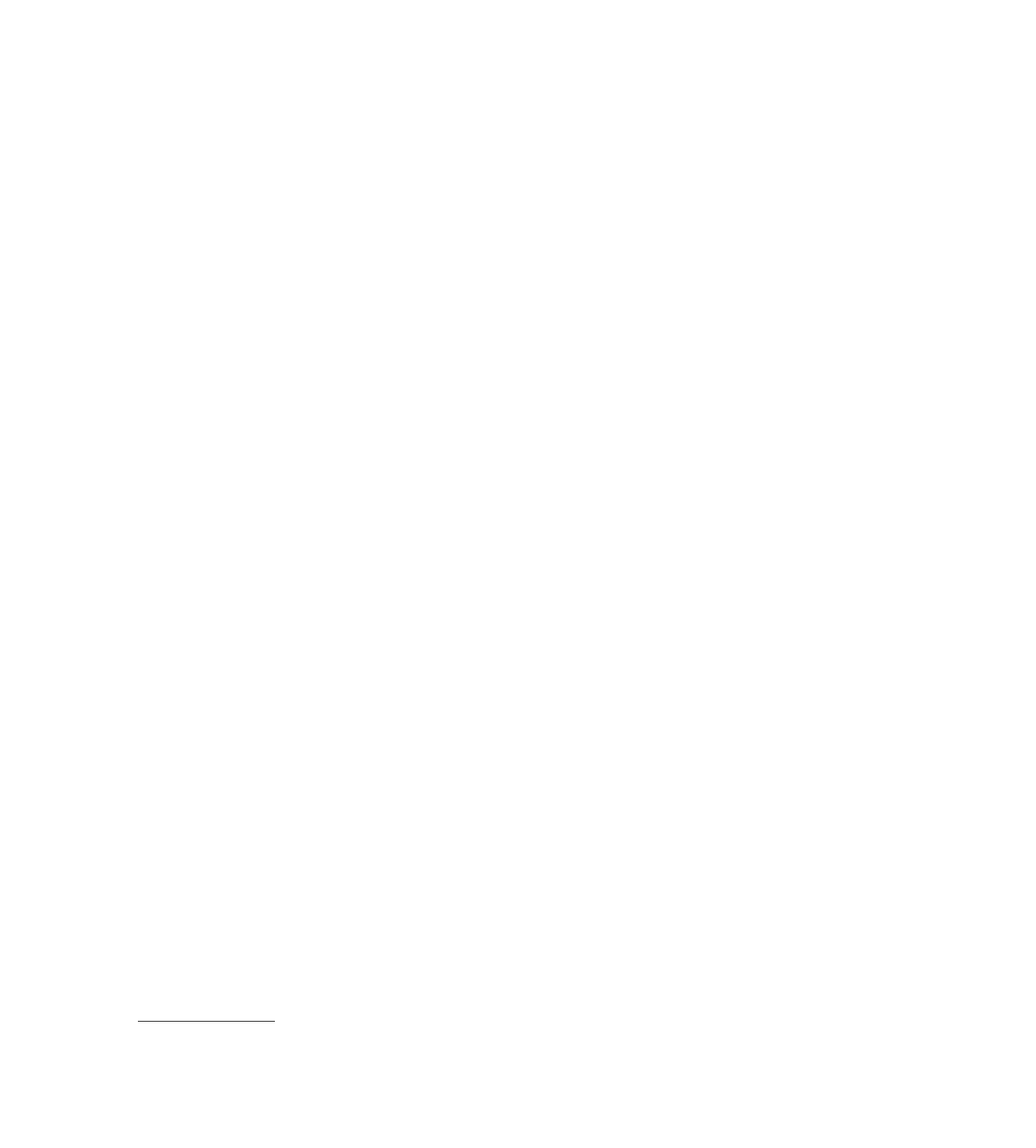Image Processing Reference
In-Depth Information
mechanisms developed to select the right checker pattern before other better solutions
were invented.
6.11.5
Spiral and Bayer Dithering
The spiral dither approach takes a rectangle of pixels and orders the pixel drawing algorithm
so that it draws a spiral pattern as you progress from one color to another. The image is col-
ored more smoothly but has a somewhat grainy appearance. Because the grain is evenly dis-
tributed across the image, you don't get the edging artifacts that the checkerboard dithering
gives you. The Bayer dither improves on this and yields a more consistent coverage.
This describes a variety of dithering spirals and incremental fill matrices. The values
are used to determine a threshold against which to fill a pixel array. This is one of many
so-called patterned dithering techniques.
6.11.6
Error Diffusion Dithering
In 1976, Robert W. Floyd and Louis Steinberg published a paper called “An Adaptive
Algorithm for Spatial Greyscale.” This described a new approach to dithering that
scanned across the image and decided whether a pixel was light or dark not by simply slic-
ing through the intensity graph, but by accumulating an error value from the surrounding
pixels. It was developed to diffuse or distribute quantization errors over a larger area and
it yielded some amazing results. Even when using 1-bit black and white displays, photo-
Spiral 4x4
Intensity 4
Intensity 8
Intensity 12
15
4
5
6
14
3
0
7
13
2
1
8
12
11
10
9
Bayer 4x4
Intensity 4
Intensity 8
Intensity 12
0
8
2
10
12
4
14
6
3
11
1
9
15
7
13
5
Figure 6-12
Spiral and Bayer dithering.
Bayer dithering (open source code): http://www.cs.rit.edu/usr/local/pub/pga/Graphics/GIF/gr/dither.c









































































































Search WWH ::

Custom Search